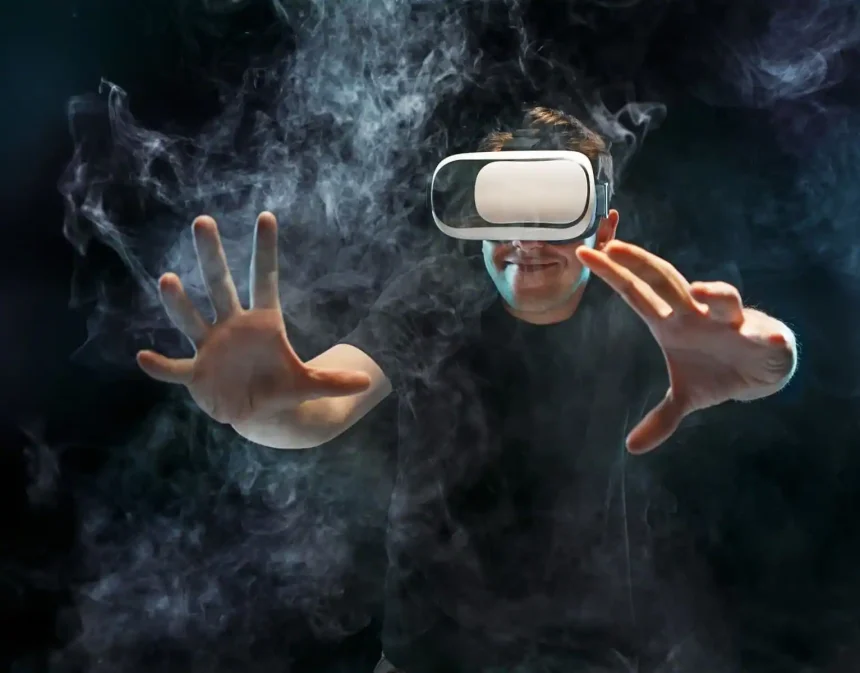As we enter 2024, the field of architectural design is bracing for significant changes. This period heralds an exciting phase where technology, creativity, and innovation converge to redefine how we conceptualize and present architectural projects. Let’s explore the emerging trends in 3D modeling and rendering services for the year ahead.
New Architectural Trends to Keep in Mind for 2024
Professionals should stay updated on upcoming innovations and trends. Here are some of the emerging 3D rendering trends visualizer needs to consider:
Expanding Design Possibilities
The original visualization software offered various architectural design options but was often expensive. Yet, with technological advancements, the latest software has improved and become more affordable. Packages like SketchUp Pro and others are available for just under $100 per year. For beginners, there are free software solutions ideal for creating 3D renderings.
Computing Improvements
Advancements in computer technology have empowered architects to generate increasingly detailed renderings. The introduction of quantum computing promises even more powerful and rapid computer systems in the future. These strides indicate a definite improvement in the speed and performance of 3D rendering and visualization software. Should these innovations persist, architects will likely achieve unprecedented clarity and produce stunning images in the coming years.
Virtual Realities
Architects encounter the challenge of conceptualizing, developing, and effectively showcasing unique projects. Virtual reality (VR) emerges as an outstanding architectural trend to display the outcome of their work, moving beyond traditional representations on paper or computer-generated graphics to an immersive projection format.
Here are some critical possibilities VR offers for 3D render 2024:
- Visualization of Projects: VR provides a comprehensive view of architectural and design solutions, presenting them in vivid three-dimensional detail.
- Interactivity: Users can navigate through spaces, modify elements, and engage interactively with the environment, fostering a deeper understanding of the design.
- Time and Resource Efficiency: Virtual prototypes circumvent the expenses related to materials and rectifying errors in physical objects, saving valuable time and resources during the design phase.
Summing Up
Virtual reality, new computer technologies, and expanded design capabilities are becoming current architectural trends. New technologies provide new opportunities for visualizing projects, interacting with customers, and improving the quality of work. Genense Studio offers a wide range of tools and trained specialists to help unlock your potential for your professional activities.



